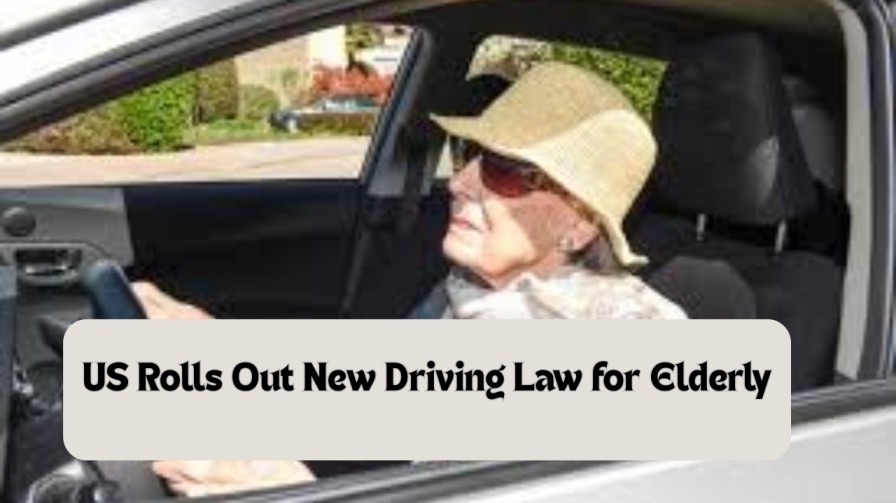The landscape of driving for older Americans is changing, thanks to the implementation of the Senior Driving Law Reform 2025. This new law, a collaborative effort between the U.S. Department of Transportation and various state DMVs, aims to strike a balance between keeping seniors on the road and ensuring they remain safe, both for themselves and others.
As of 2025, this reform has put in place stricter guidelines for drivers aged 70 and older when it comes to license renewals. According to U.S. Census data, over 48 million licensed drivers are currently over the age of 65, and with the aging population only expected to grow, authorities are putting more emphasis on physical and cognitive abilities. The goal is simple: make sure seniors are meeting the necessary safety standards while still being able to maintain their independence.
New Rules for Older Drivers
Starting now, drivers in this age group must undergo mandatory vision tests whenever they renew their license. But it doesn’t stop there. Several states have decided to take it a step further by shortening the time between renewals and requiring in-person visits to renew a license.
For instance, Illinois requires a vision test every two years for those aged 81-86, and even more frequent road tests once a driver hits 87. Over in Florida, seniors aged 80 and above will need to undergo a vision test every six years. In Colorado, those over 66 must renew their licenses every two years, and that has to happen in person.
Here’s a quick breakdown of how different states are approaching these changes:
| State | Age for Enhanced Testing | Renewal Frequency | Extra Requirements |
|---|---|---|---|
| Illinois | 81+ | 2 years (81-86), 1 year (87+) | Road test at 87+ |
| California | 70+ | 5 years | In-person renewal required |
| Colorado | 66+ | 2 years | Office visit required |
| Florida | 80+ | 6 years | Vision screening every renewal |
What’s New Beyond Vision?
But the new law goes beyond just eyesight. It also opens the door for DMV employees to request further medical assessments based on a senior driver’s health or driving history. This could mean cognitive tests, evaluations of physical mobility, or even on-road assessments to ensure everything is still up to par.
And it’s not just the state agencies involved in this process. Family members and healthcare providers can now directly report concerns to the DMV, triggering a review of an individual’s fitness to drive. This is an effort to catch warning signs early on—like slowed reaction times or medication-induced drowsiness—that might make driving unsafe.
Staying Safe and Saving Money
Interestingly, the reform doesn’t just target drivers who may be struggling. It also promotes proactive steps to help older drivers maintain their skills and safety on the road. More states are offering refresher courses designed for seniors, which not only keep driving skills sharp but may also lead to lower insurance premiums.
Some places are even experimenting with adaptive licenses. These allow seniors who may not be fit for full driving privileges to still get behind the wheel—just under restricted conditions, like only driving during the day or within a certain area.
Here’s a quick look at some tips and recommendations for seniors:
| Recommendation for Seniors | Benefit |
|---|---|
| Eye exam every 6-12 months | Helps pass vision-based renewals |
| Defensive driving course enrollment | Enhances safety; may reduce premiums |
| Doctor consultation for mobility | Identifies health-related concerns |
A Balanced Approach
The Department of Transportation has made it clear: the aim of this reform isn’t to penalize seniors but to make sure they’re driving as safely as possible. After all, the statistics are concerning—drivers over 75 have a crash fatality rate nearly three times higher than middle-aged drivers, per mile driven. With numbers like that, it’s no wonder the reform has become a priority.
State governments will continue to fine-tune these policies throughout 2025, looking to make use of new health partnerships and digital tools to streamline the process for seniors. The idea is to strike that balance between ensuring safety and maintaining the independence that so many older adults cherish.
At the end of the day, these updates aren’t about taking away driving privileges—they’re about making sure seniors can continue driving, safely and responsibly, for as long as possible.









